MAXXI (Museo Nazionale delle Arti del XXI secolo), located in Rome, totally dedicates its monumental headquarters, designed by architect Zaha Hadid, to contemporary art and architecture. Much more than a museum, it is an ever-growing living organism that stands not only as a place of preservation and collection, but also of education and research.
MAXXI was officially born in 2010, but its conception dates back much earlier; in fact, as early as 1988 the area of the former Montello barracks, in the Flaminio district, was ceded by the Ministry of Defense to the Ministry of Cultural Heritage and Activities for the creation of a museum to house outstanding works of the twenty-first century. An international competition was announced for the building, in which no less than 273 architects participated, but the winning design was that of architect Zaha Hadid, considered the best for a functional integration of the structures already present in the new building. The museum acquired its current name on March 20, 2003, when the groundbreaking ceremony kicked off construction. It took several years to complete the structure, due to economic difficulties that also led to substantial changes in the original design. The building was opened to the public as early as 2008, but it was not until May 2010 that the permanent collection was inaugurated with the exhibition ’Space. From MAXXI’s Collections of Art and Architecture’.
The area where MAXXI was built was occupied by the former Montello barracks, established in 1906 as a military electronic and precision materials factory, the skeletons of which pavilions and workshops were still present. Today some of them, part of the barracks in the neighboring lot, are still recognizable, while others have been incorporated into the new project and house service spaces for the museum. In addition, the Alighiero Boetti Square, which the museum overlooks, is to be considered an integral part of it, as it is used for performances, cultural events and temporary installations.
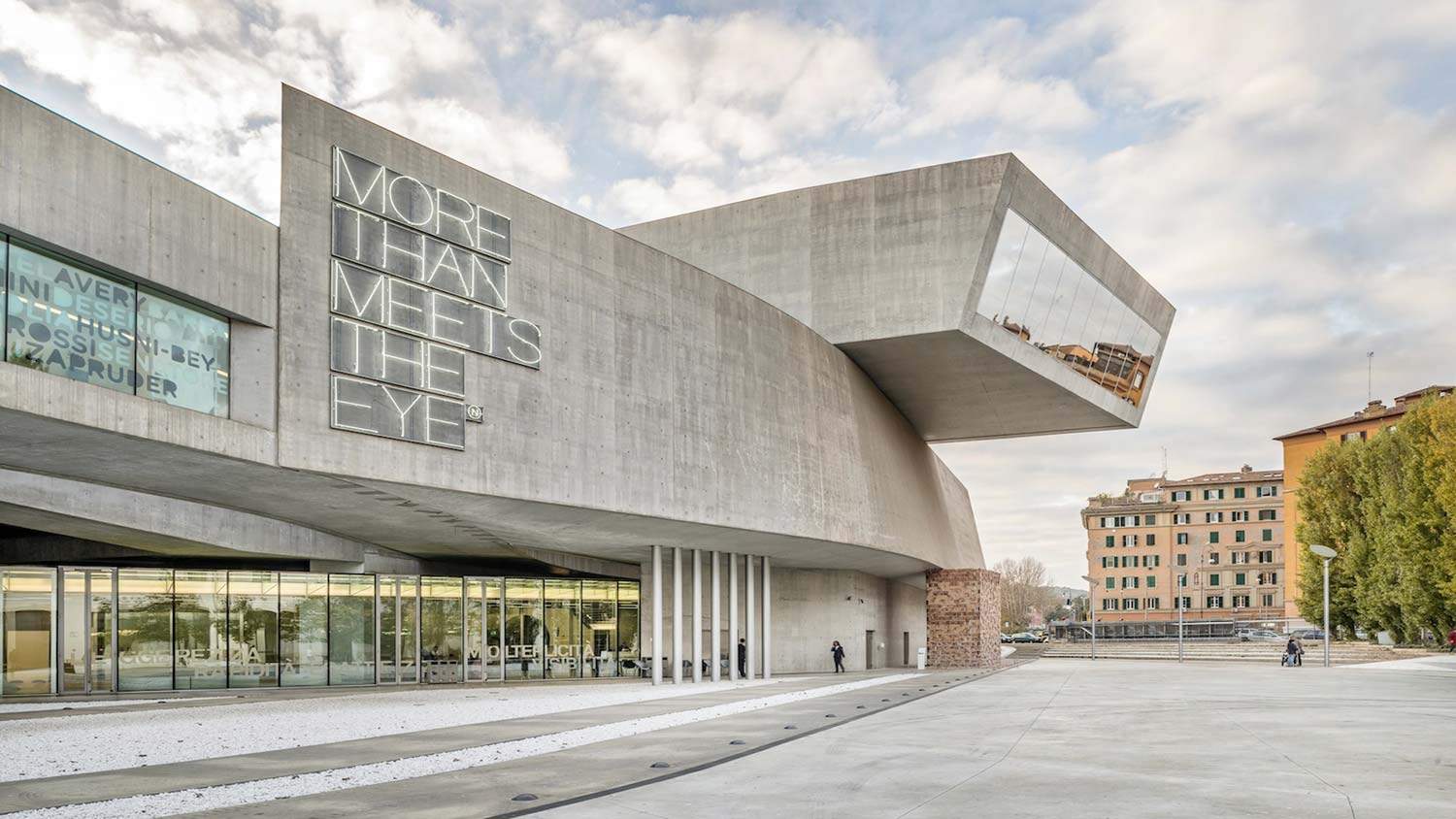
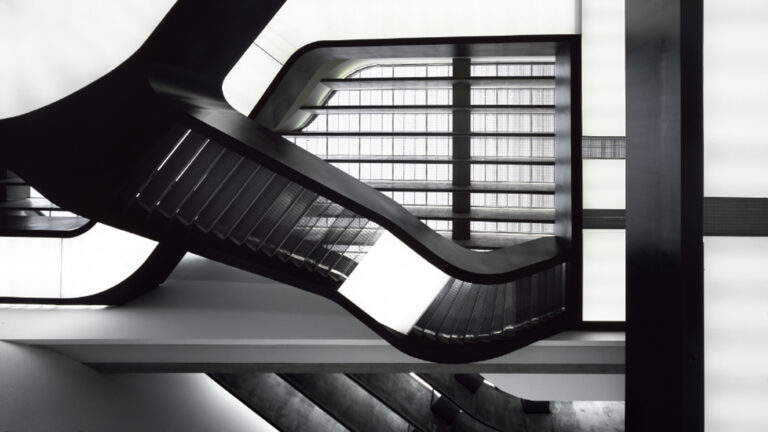
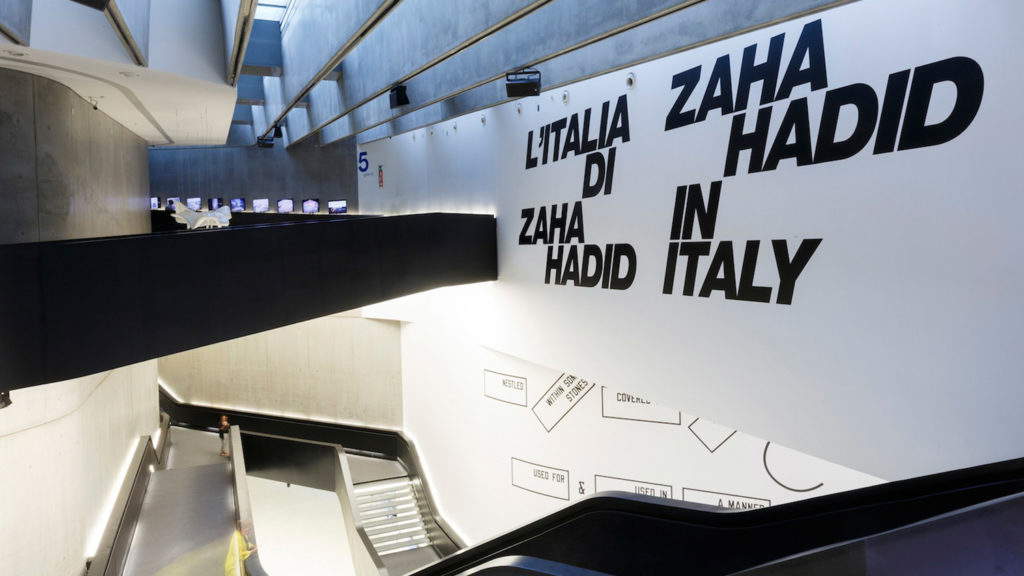
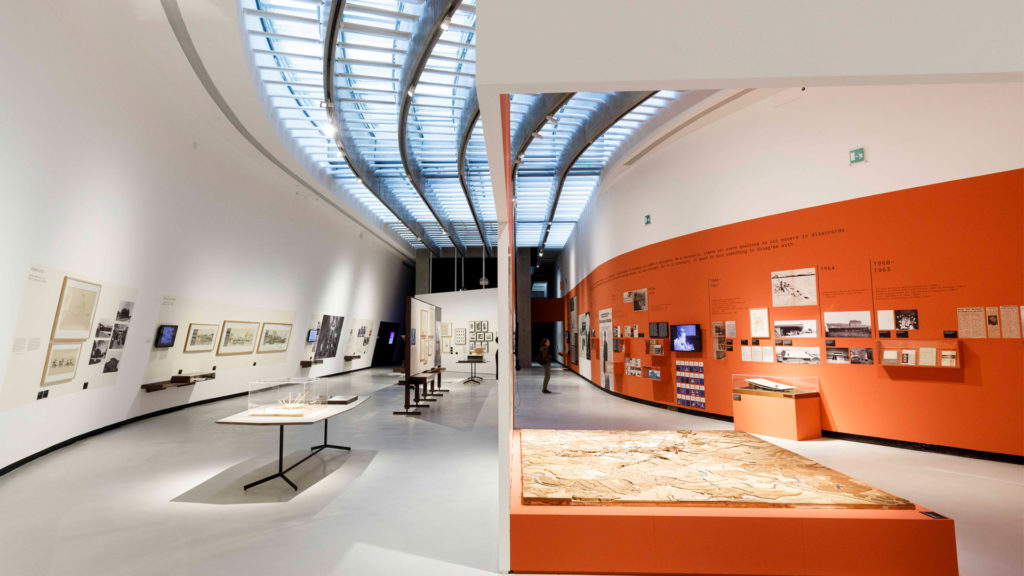
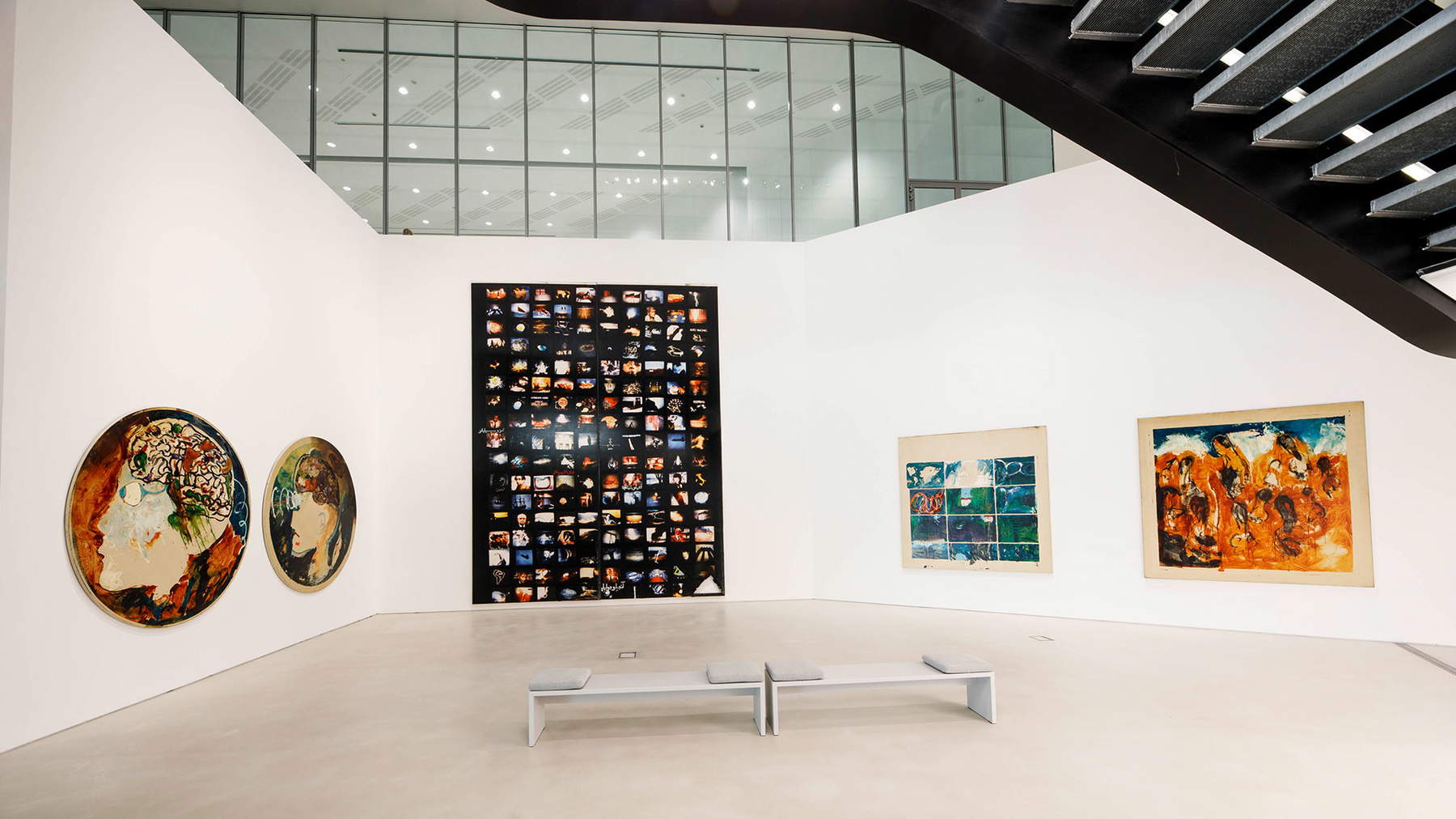
The building Hadid envisioned was inspired by the delta shape of river mouths, which is echoed in the building’s sinuous lines and its concrete galleries that run parallel and then intersect. The realization of MAXXI required the development of a particular concrete containing three admixtures, which would allow the construction of a curvilinear architectural structure where, however, the joints typical of concrete blocks were not visible.
The eye, once arrived in front of the museum entrance, is caught by the large neon sign created by Maurizio Nannucci, which reads More than meets the eye. Now part of the permanent collection, it reveals in just a few words what MAXXI wants to be, not just a museum, but a place of research and experimentation, an institution that hosts art at 360 degrees, in all its forms. As soon as you cross the threshold, you are presented with the large hall from which you can access the permanent collections and temporary exhibitions, or other environments such as the auditorium, videogallery, reading room, bookshop or cafeteria.
The museum houses two main sections, MAXXI Arte and MAXXI Architettura, and exhibits more than 400 works in its galleries, with a collection that carries forward a reflection on art and the world from the 1960s, with Arte Povera, to the present day. With its works, MAXXI positions itself as a lens through which the viewer can interpret contemporary issues, and it does so by choosing to collect not only works by Italian artists, but also international ones, to whom solo exhibitions are often dedicated, thanks to which they bring their experiences and visions of the current world within the museum’s walls. The Art Collection includes works by the leading exponents of Arte Povera, among the most significant being Giuseppe Penone, whose evocative Sculpture of Lymph is on display , as well as Michelangelo Pistoletto’s Quadro di fili elettrici and Mica . The glass igloo Untitled (Triple Igloo) by Mario Merz is certainly iconic. Installations and works by contemporary artists, such as Maurizio Cattelan and Vanessa Beecroft, can also be seen. Various themes related to the contemporary world are addressed in the works of foreign artists, from the interpretation of the complex socio-political reality of South Africa in the works of Kendell Geers or William Kentridge, to the vision of the age of technology in the work of Miltos Manetas, while the very topical issue of the ecological crisis is dealt with by Tomás Saraceno. The Architecture Collection consists of three different nuclei: the 20th century collection, the 21st century collection and the photography collection. As a whole, it collects documents, such as design drawings, models, sculptures, printed materials and photographs, which testify to the various stages of architectural production, from design to final construction.
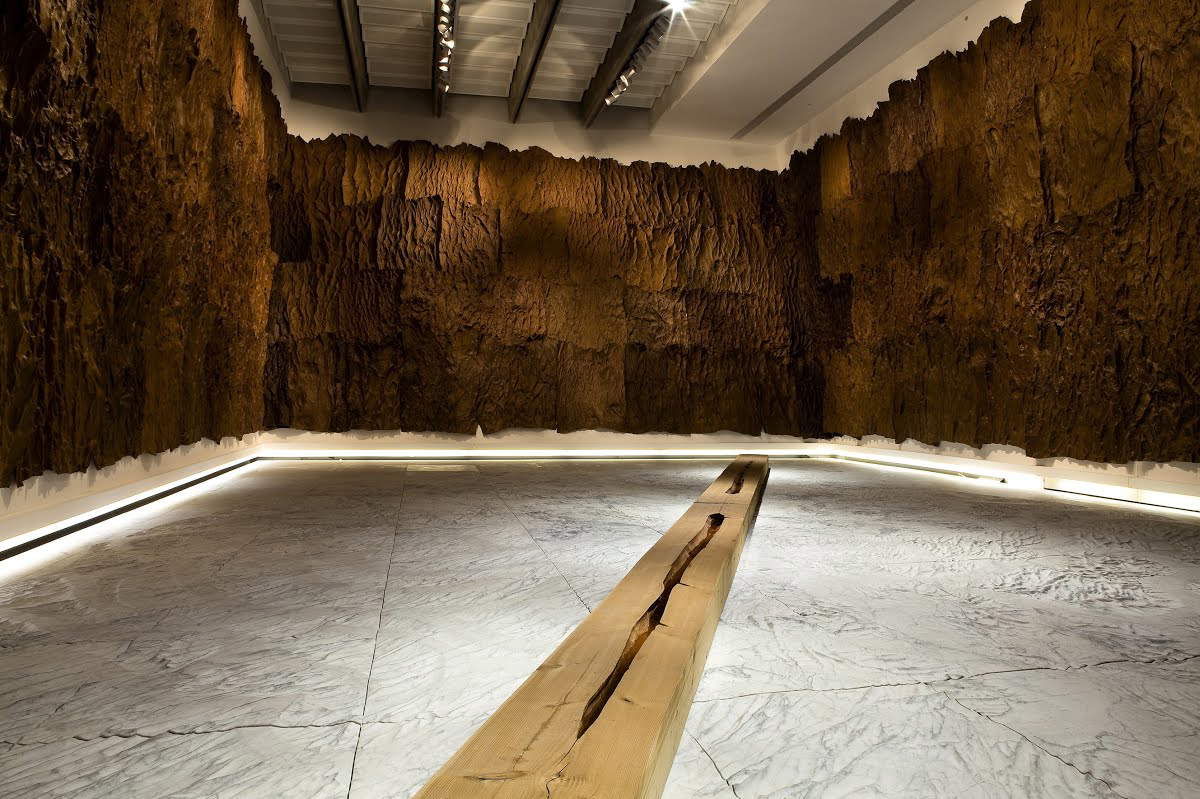
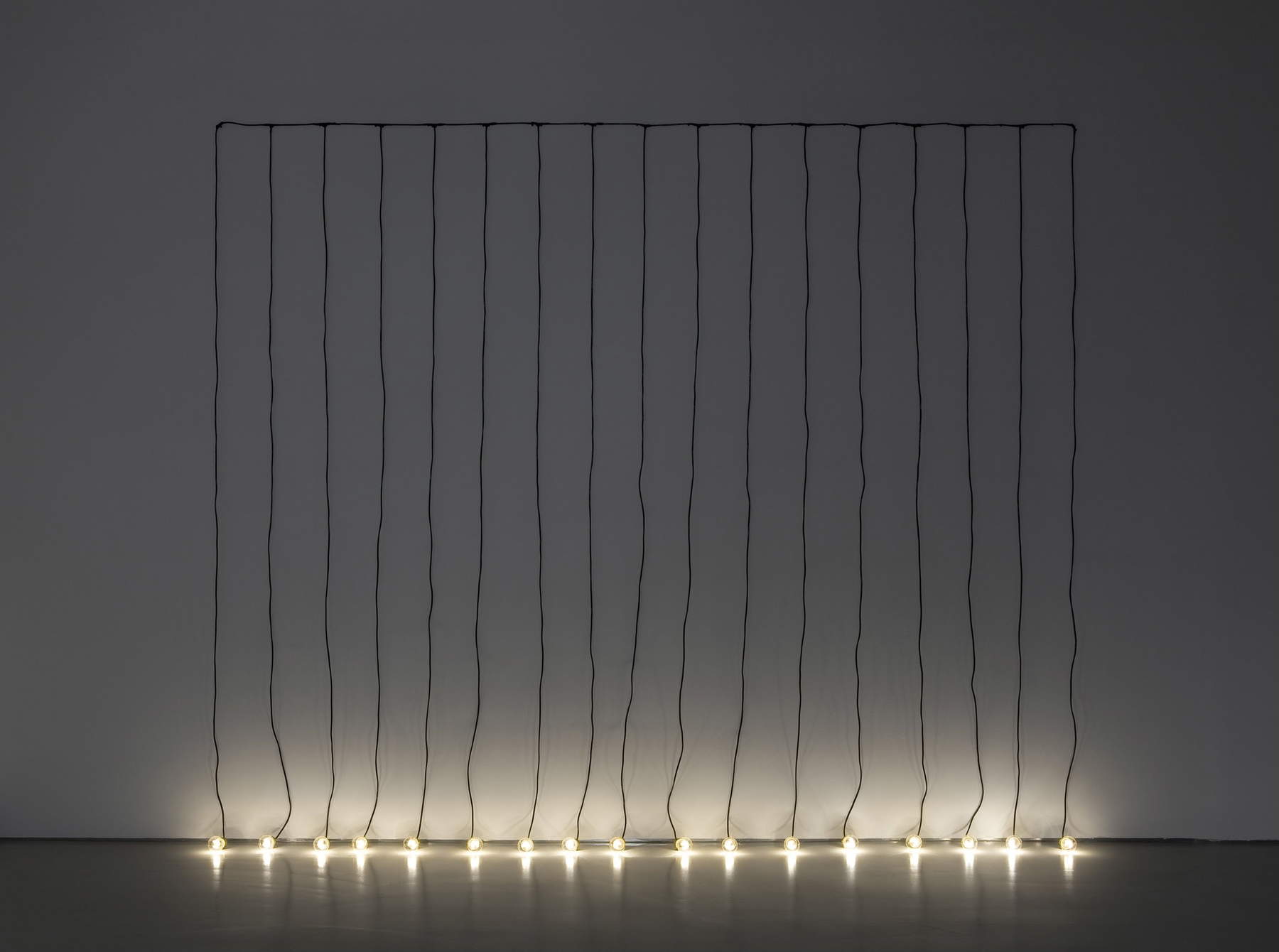
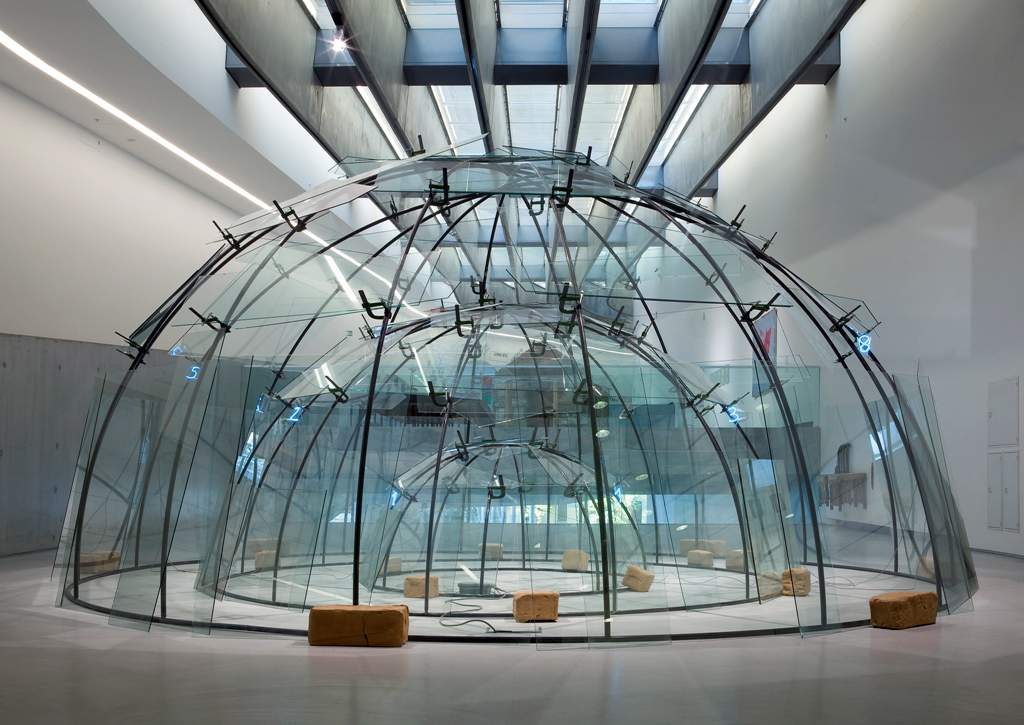
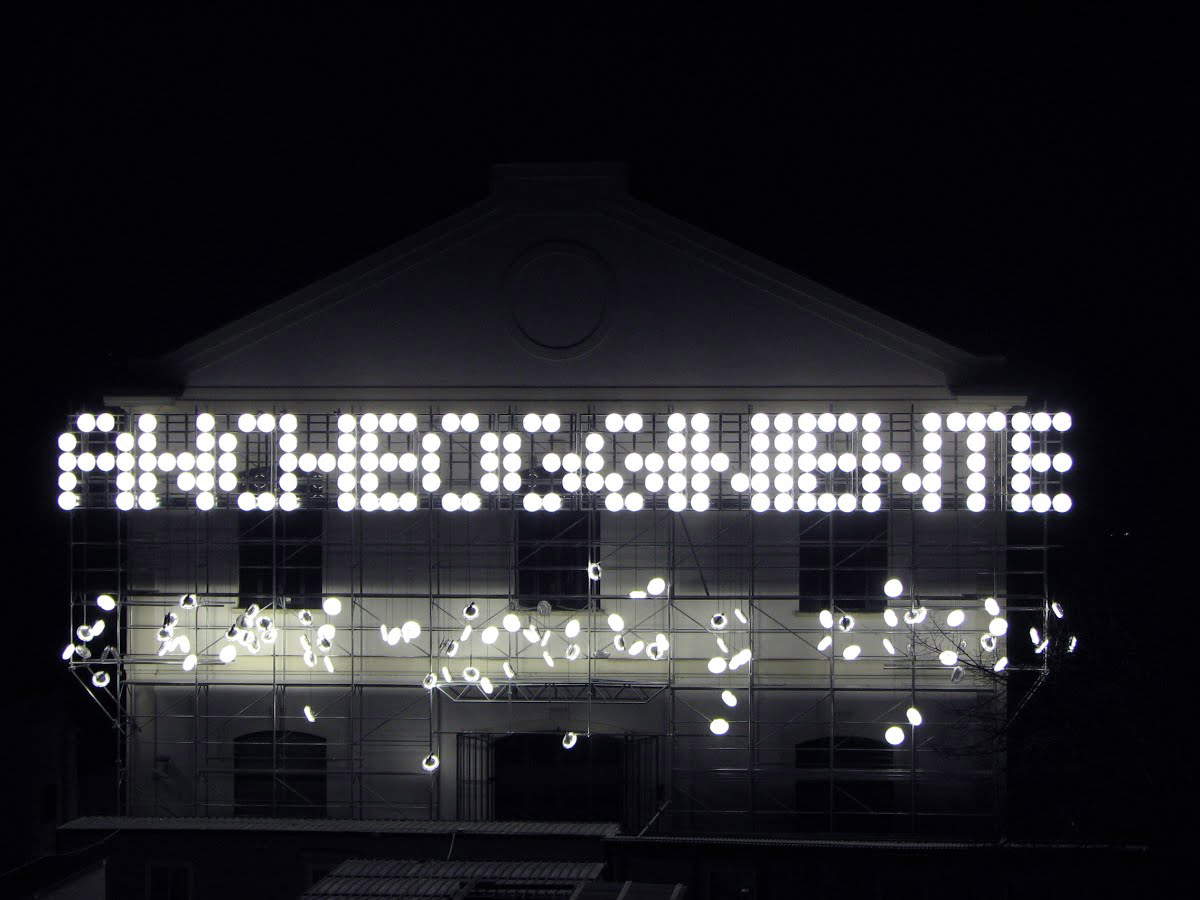
Through competitions and the commissioning and production of site-specific works , the museum has the opportunity to expand its collection with works designed specifically for its spaces. With the 2008 competition, MAXXI Supercento, of international scope, the works of the two winners were acquired, but works commissioned by the museum itself, such as ’’April 25, 1936 ,’’ by Massimo Bartolini, created for the MAXXI exhibition cycle Dialogues with the City, have also become part of the permanent collection. MAXXI is not only about collecting and preserving, but also about supporting and disseminating the work of young Italian artists, with the promotion of events that represent an opportunity for growth for the museum as well. In 2000, the Young Art Award was established through a collaboration between the Ministry of Cultural Heritage and Activities and the Roman Agency for the preparation of the Jubilee. Initially aimed only at Italian artists, the acquisition of the 14 winning works from the competition formed the first nucleus of the museum’s collection. In 2003 it was then opened to foreigners living in Italy as well, and later renamed Premio MAXXI. Since 2017, The MAXXI Bvlgari Prize, a project to support young artists, who are accompanied from production to the final work, with an exhibition dedicated to the winners, has been held in collaboration with the Bulgari company.
MAXXI aspires to be a multifunctional place, and responds not only to the function of a place of conservation and exhibition, but also of training and experimentation on multiple levels. In fact, workshops and laboratories are held for all ages, as well as for schools. Not only does it offer a wide range of activities for enthusiasts, but it also provides professionals with a high-level training program, as well as the possibility of access to the library, which specializes in the collection of bibliographic material on architecture and contemporary art, and to the archives, where it is possible to consult documents on the architecture and video and photography collections produced partly by MAXXI and partly received from other funds and institutions.
The museum is currently hosting in Gallery 1 the new installation of the What a Wonderful Word collection, curated by Bartolomeo Pietromarchi, where 15 installations by international artists, part of the permanent collection, are on display, accompanied by others specially commissioned for the occasion. MAXXI is located in the Flaminio district, and can be reached by Metro A, Flaminio stop, from which it is necessary to continue on foot or by streetcar No. 2, getting off at the Apollodoro stop. You can also get to the museum by moving by bus: buses no. 53 (De Coubertin/Palazzetto dello sport stop), 168 (MAXXI - Reni/Flaminia stop), 280 (Mancini terminus), 910 (Flaminia/Reni stop). For schedules and tickets, you can consult the museum’s website directly.
 |
| The MAXXI in Rome, Art within Art. |
Warning: the translation into English of the original Italian article was created using automatic tools. We undertake to review all articles, but we do not guarantee the total absence of inaccuracies in the translation due to the program. You can find the original by clicking on the ITA button. If you find any mistake,please contact us.